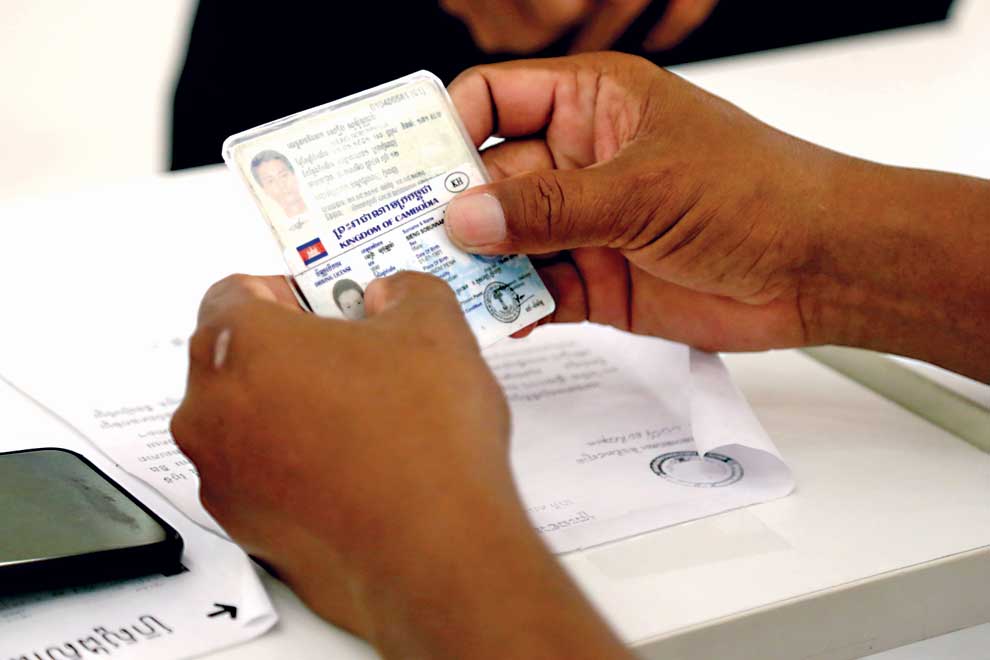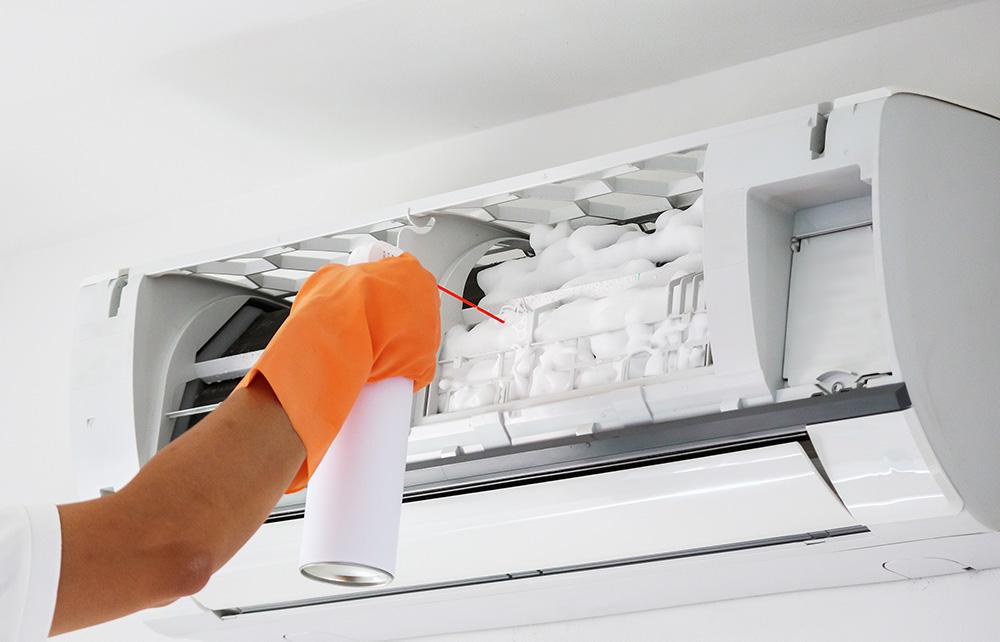Have you ever found yourself in a new country, eager to hit the road and explore, only to realize that your driving license is not valid there? This is a common dilemma faced by travelers and expats alike. However, with the growing trend of globalization, driving license translation has become an essential aspect of international travel.
This blog post will unravel the mystery of license translation and guide you through successfully obtaining a translated license. Whether planning a vacation or moving abroad, keep reading to learn everything you need about driving permit translation.
What’s Involved in a Translated Driver’s License?
A translated license involves converting the information from the original permit into the official language of the country you’re visiting or relocating to. This translation must accurately reflect all the pertinent details, such as:
- Your Name
- Date of Birth
- License Number
- Categories of Vehicles you are Authorized to Drive
Additionally, it may include converting the format of dates and measurements to match local conventions. A certified translator must do the translation to ensure local authorities accept it, and official stamps or seals can sometimes be required to verify its authenticity.
Understanding the Need for Driving License Translation
The necessity for translation stems from ensuring clear communication and understanding between foreign drivers and local authorities.
- This process facilitates legal and safe driving in countries where the language of your original license is not widely spoken or recognized.
- The underlying purpose is to bridge the language barrier, allowing for the seamless verification of your identity, driving qualifications, and vehicle categories you are authorized to operate.
- Moreover, it is often a prerequisite for acquiring car rental services, obtaining local driving permits, or even in traffic law enforcement situations.
- It’s a critical step in affirming your driving credentials in a format that is readily understandable by local officials, thereby preventing misunderstandings and potential legal complications.
- This necessity underscores the importance of adhering to local regulations and cultural norms, ensuring that your driving experience in a foreign country is enjoyable and compliant with the law of the country you’re visiting or relocating to.
- A certified translator must do the translation to ensure local authorities accept it, and official stamps or seals can sometimes be required to verify its authenticity.
So if you also want to fulfill your driving dream in your favorite country but you need to translate your driver’s license then choose a company that provides the best services of Driving License Translation to access a successful driving.
Legal and Cultural Considerations
When engaging in permit translation, it’s paramount to be aware of the legal frameworks and cultural nuances of the country you are in. Different jurisdictions may have specific legal requirements regarding the validity and acceptance of translated licenses. Similarly, cultural practices might influence the process, such as the preference for certain credentials or the importance placed on official documentation.
Ensuring compliance with these legalities and being sensitive to cultural expectations can mitigate risks of legal issues and foster a more respectful and smooth experience. Always research or consult with local authorities to align with both legal standards and cultural practices.
The Process of Translation
Translation of a license is crucial for individuals seeking to drive legally in a new country or region. The process typically involves several vital steps to ensure the translated document is accurate, reliable, and meets legal requirements. Here is a summary of the normal procedure:
1. Document Collection
The first step is to gather all necessary documents, including the original driving license, passport, and other identification documents required by the destination country.
2. Translation Service Selection
You must choose a reputable translation service. Look for a service that offers certified translations and has experience with license translations.
3. Submission of Documents
Once you have selected a translation service, you must submit your documents for translation. Depending on the service provider, this can usually be done online or in person.
4. Translation Process
The translation service will translate your license into the required language. The translation needs to be precise and true to the source material.
5. Certification and Notarization
Depending on the destination country’s requirements, you may need to have the translated document certified and notarized. This involves a legal professional certifying that the translation is accurate and authentic.
6. Submission to Authorities
You must submit the translated and certified document to the relevant authorities in the destination country. This may be the driver’s license department or another government agency.
7. Approval and Receipt
Once your translated license is submitted, the authorities will review it. If everything is in order, you will receive approval and be able to use your translated driving license.
8. Retention of Original Documents
It is important to keep your original license and any other original documents safe, as they may be required for future reference or renewal.
Overall, the process of translating a license can vary depending on the destination country and its specific requirements. However, by following these general steps, you can ensure that your translated driving permit is accurate and meets all necessary legal requirements.
Common Challenges and Solutions in Translation
Here are solutions beforehand for some challenges that you may face during translation.
- One common challenge in translation is ensuring accuracy in translating technical terms and personal information. Names, dates, or license category errors can lead to misunderstandings or legal issues. To mitigate this, always choose a translator or translation service with experience in legal and official document translation.
- Another issue is the varying requirements for translated documents in different countries. Some require a notarized translation, while others accept a certified translation without notarization. Researching the specific requirements of your destination country beforehand can prevent unnecessary complications.
- Additionally, translations may need to be updated or re-verified over time due to changes in personal information or revised regulations. Establishing a relationship with a reliable service can simplify future updates.
- Lastly, the cost of translation services can be a barrier for some individuals. Looking for translation providers that offer competitive rates without compromising on quality is crucial.
In essence, select reputable professionals that give you services of Driving License Translation to overcome these challenges and promise to provide you a hassle-free journey.






